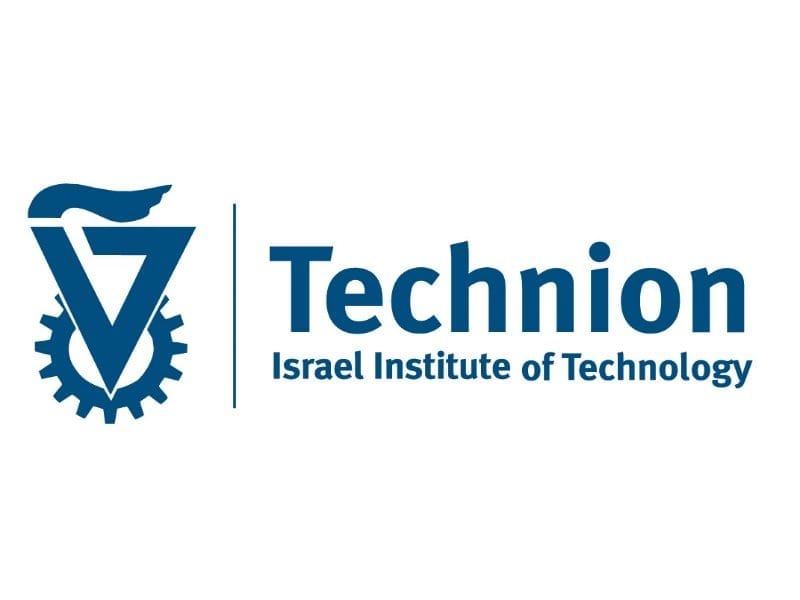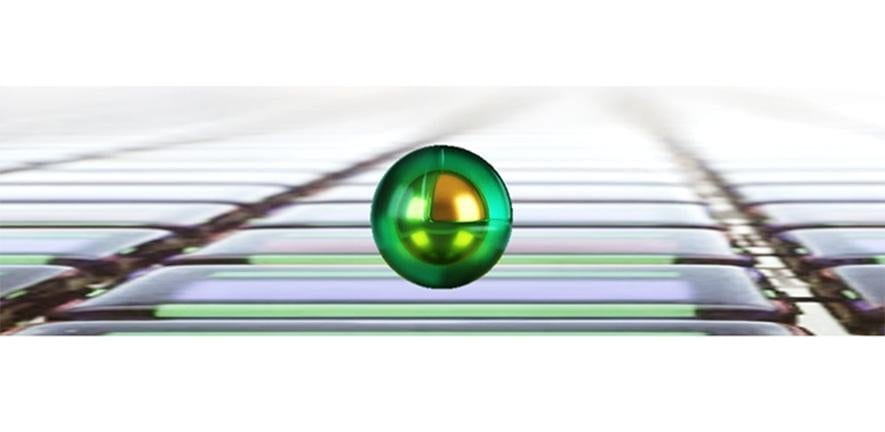
The Vienna University of Technology (German: Technische Universität Wien) is one of the major universities in Vienna, the capital of Austria.
The Latest Bing News on:
Vienna University of Technology (TU Wein) Research
- Nanofabrics to filter water of hazardous dyes
The researchers have used waste materials, such as old cleaning cloths and paper cups, which are then used to coat a fine nano-fabric to create an efficient filter for polluted water.
- Researchers advance understanding of Parkinson’s Disease
the SFI Research Centre for Medical Devices based at University of Galway, together with collaborators at the Medical University of South Carolina and Vienna University of Technology, have for the ...
- A new type of cooling for quantum simulators
"We work with quantum simulators in our research," says Maximilian Prüfer, who is researching new methods at TU Wien's ... College of the Vienna Center for Quantum Science and Technology.
- Vienna University of Technology
The Vienna University of Technology (German: Technische Universität Wien, TU Wien; formerly ... domestic recognition in teaching as well as in research and is a highly esteemed partner of ...
- World’s first high-resolution ‘brain phantom’ 3D printed by researchers
Marking a significant advancement in medical technologies, a team of researchers from the Medical University of Vienna and Vienna University of Technology ... research group at TU Wien and ...
The Latest Google Headlines on:
Vienna University of Technology (TU Wein) Research
[google_news title=”” keyword=”Vienna University of Technology (TU Wein) Research” num_posts=”5″ blurb_length=”0″ show_thumb=”left”]
The Latest Bing News on:
Vienna University of Technology (TU Wein) Discovery
- Researchers advance understanding of Parkinson’s Disease
together with collaborators at the Medical University of South Carolina and Vienna University of Technology, have for the first time identified critical targets in the molecular signature of ...
- A new type of cooling for quantum simulators
At TU Wien (Vienna), researchers have now ... of her doctoral thesis at the Doctoral College of the Vienna Center for Quantum Science and Technology. "We create a Bose-Einstein condensate and ...
- Vienna University of Technology
The Vienna University of Technology (German: Technische Universität Wien, TU Wien; formerly: k.k. Polytechnisches Institut, Imperial and Royal Polytechnic Institute from 1815–1872; Technische ...
- Researchers Develop Highly Stable Self-Cleaning Paints
Researchers from TU Wien and the Università Politecnica ... Institute of Materials Chemistry, Vienna University of Technology However, just adding conventional titanium oxide nanoparticles ...
- Big, bold and made of concrete: Why these European churches defy tradition
whose photographs from the project are also currently being exhibited at TU Wien (Vienna University of Technology). “You are almost stepping into a psychedelic reality.” The traditional ...
The Latest Google Headlines on:
Vienna University of Technology (TU Wein) Discovery
[google_news title=”” keyword=”Vienna University of Technology (TU Wein) Discovery” num_posts=”5″ blurb_length=”0″ show_thumb=”left”]








